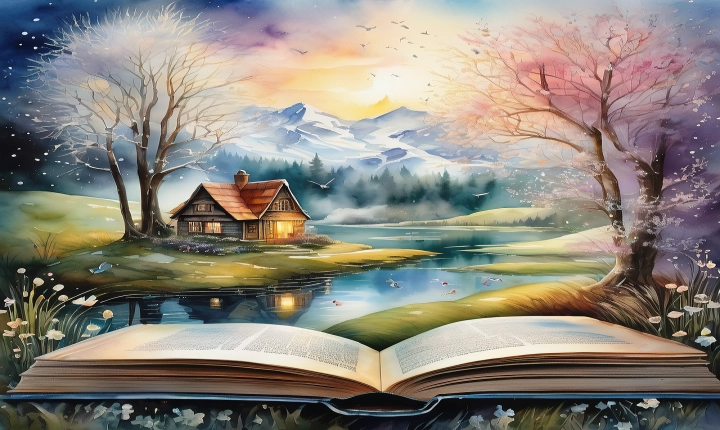AI in Graphics: Enhancing Visual Creativity with Technology
Artificial intelligence (AI) is revolutionizing the field of graphics, offering new and exciting opportunities to create visually stunning and immersive experiences. In the realm of graphics, AI refers to the use of machine learning algorithms and advanced data processing techniques to enhance and manipulate visual content in ways that were previously unattainable. From generating realistic images to automating the design process, AI is transforming the way we approach and utilize graphics in various applications.
One of the most notable breakthroughs in AI graphics is the development of Generative Adversarial Networks (GANs), which have the ability to generate hyper-realistic images, textures, and even entire scenes. GANs work by pitting two neural networks against each other, with one network creating images and the other discerning whether the images are real or generated. This process results in the generation of high-quality, visually appealing content that can be used in areas such as virtual reality, video games, and digital art.
Another application of AI in graphics is the use of image recognition and classification algorithms to automate the process of organizing and tagging visual content. By leveraging AI, graphic designers and creatives can streamline the tedious task of manually categorizing and managing vast libraries of images, allowing them to focus on more creative and strategic aspects of their work.
Furthermore, AI-powered tools are being increasingly integrated into graphic design software, enabling users to enhance their creativity and productivity. For example, AI-based plugins can analyze design requirements and suggest color palettes, typography, and layout options, providing valuable insights and inspiration to designers. Additionally, these tools can automate repetitive tasks, such as resizing images or adjusting compositions, saving time and effort for designers while maintaining high-quality results.
AI in graphics is also making significant strides in the field of animation and visual effects. By utilizing AI algorithms to simulate realistic physics and natural movements, animators can create lifelike characters, environments, and special effects that were previously challenging to achieve. This technology is not only enhancing the production value of animated content but also enabling new levels of creative expression and storytelling.
Moreover, AI is impacting the field of augmented reality (AR) and mixed reality (MR), enabling the creation of seamless and interactive graphical overlays in the physical world. As AI continues to evolve, we can expect to see more advanced AR and MR experiences that blend virtual and real-world elements in compelling and innovative ways.
While AI presents remarkable opportunities for enhancing graphics, it also raises important considerations regarding ethics, privacy, and the potential misuse of synthesized content. As AI-generated visuals become increasingly indistinguishable from real images, it becomes crucial to establish ethical guidelines and safeguards to prevent the spread of misinformation and manipulation.
In conclusion, AI is rapidly transforming the field of graphics, empowering designers, artists, and creators with unparalleled tools and capabilities to bring their imaginations to life. From generating realistic images to automating design processes, AI is reshaping the possibilities and pushing the boundaries of visual creativity. As AI continues to advance, it will undoubtedly play a pivotal role in shaping the future of graphic design, animation, and immersive visual experiences.
